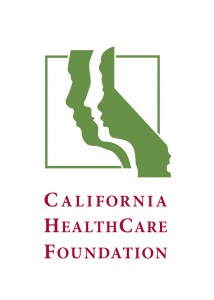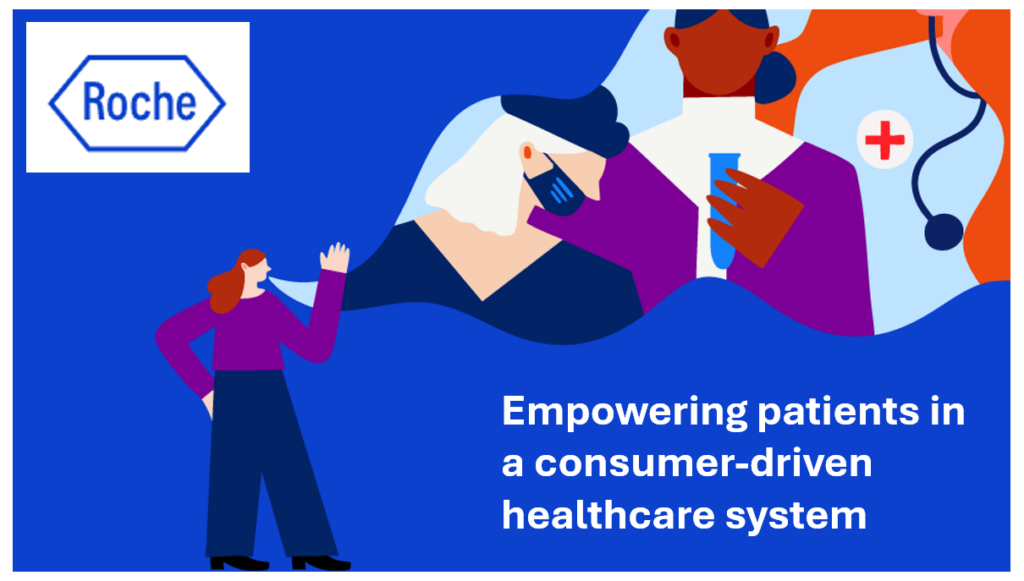 The signs of the primary care crisis in America are visible:
The signs of the primary care crisis in America are visible:
- A growing number of visits to the emergency room for treating commonplace ailments
- Waiting lists for signing up with and queuing lines to see primary care doctors
- Fewer med students entering primary care disciplines
- Maldistribution of primary care practitioners (PCPs) in underserved areas, rural, exurban and urban.
The implementation of the Affordable Care Act will (try to) enroll at least 30 million newly-insured health citizens into the U.S. health system. That’s the objective: whether being insured will actually provide people access to needed primary care is a big question given the current supply of internists, general medicine specialists, family physicians, pediatricians, and OB/GYNs.
Innovative providers are pioneering new models in team-based approaches beyond “the doctor” to include nurse practitioners, physician assistants, and certified nurse midwives. These teams are leveraging technology platforms such as EHRs, remote monitoring, Skyping with patients and secure emailing between patients and providers. And, more primary care is occurring at the workplace, in retail and urgent care clinics, in schools, and at the ultimate medical home — the patient’s own home.
Welcome to the era of Primary Care, Everywhere: the title of my new paper from California HealthCare Foundation. I interviewed many health system innovators on the ‘traditional’ side of the health system: hospitals, physician group practices, Federally Qualified Health Centers, school-based clinics, and individual doctors, along with novel entrants, from a developer of high-tech retail health kiosks to Walmart, worksite clinic providers and new-new house call companies.
These are novel entrants in primary care: pharmacies, retail clinics, worksite health centers, house calls (beyond old school home care), self-diagnostic vendors, videoconferencing health channels, and high-tech kiosks. These sites are often functioning independently from the health “system” per se. The Holy Grail solution is to connect these providers in accountable care communities, with the patient at the center. There are barriers to doing so, but the building blocks are aligning to move toward this vision: EHRs in doctors’ offices, interoperable standards that enable patient data at the point of care to move through the cloud and populate the patient’s record, savvier health providers keen to meet patients where they ‘live,’ and a growing appetite among consumers to receive care outside of the doctor’s office and hospital campus.
Still, several obstacles remain: most notably, physician payment that will align with patient-centered care in communities, and consumer activation to get more involved in their own care.
Finally, the novel primary care providers (pharmacies, worksite clinics, et. al.) need to prove their value in accountable, patient-centered care, with hard data that demonstrate their contribution to patient outcomes in 360-degress of connected care.
Health Populi’s Hot Points: The context for Primary Care Everywhere is that health isn’t isolated to the health “care” system: it’s as Dr. Regina Benjamin coins, where we “live, work, play and pray.” Primary Care Everywhere means providing access to people-patients where and how they want to receive care. Read about Access Community Health System, the largest Federally Qualified Health Center in the U.S., serving metro Chicago in urban and suburban communities. Access has hired a nutritionist who works in clinic pantries with neighbors, both those enrolled in Access’s clinics along with other residents, to teach people about shopping for foods available in their local grocery stores, serving healthy portions, and reading nutrition labels. Access is walking the talk that food and health are inextricably related as noncommunicable diseases such as cardiovascular, diabetes and obesity are addressable as much through lifestyle as care.
Learn about Eisenhower Medical Center’s Primary Care 365 program which teams primary care doctors with nurse practitioners and physician assistants, where physicians regular email with patients throughout the day. See how Walmart is playing a growing role in its communities’ health and health care. Did you know that the most commonly-sold items at Walmart are bananas and apples? I didn’t.
Note how pharmacies are playing a starring role in their local communities, not only as drug dispensaries, but as providers of health support and services — like vaccinations. Walgreens provided more vaccines to people than any other channel except for government providers in last year’s flu season. Pharmacies’ role in primary care will grow as people find them accessible, often open 24×7, and convenient sources for other kinds of retail shopping.
This is a market movement that is being driven as much by consumer-patients as by providers. Primary Care Everywhere can enable patient empowerment and participatory health, and conserve scarce health resources: both labor (PCPs) and money.




 I was invited to be a Judge for the upcoming
I was invited to be a Judge for the upcoming  Thank you Team Roche for inviting me to brainstorm patients as health citizens, consumers, payers, and voters
Thank you Team Roche for inviting me to brainstorm patients as health citizens, consumers, payers, and voters  For the past 15 years,
For the past 15 years,